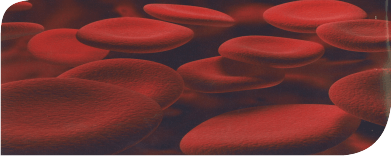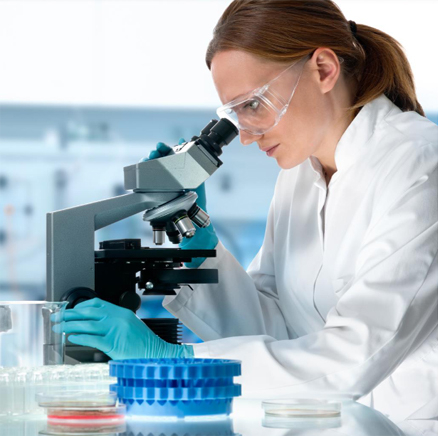Placenta

Placenta
Biohellenika exhausting all the possibilities derived by a childs birth proceeds to placenta drainage in order to collect the maximum number of stem cells, besides the classic collection by the puncture of the umbilical cord.
A large number of stem cells still remain inside the placenta after the classic blood collection. For this purpose, the whole placenta is transferred to the laboratory, under specified sterile conditions. The placenta has extended network of vessels where is trapped a large number of stem cells and remain there unused, unless, their collection and procedure follows. Biohellenika using a specific published procedure collects all these cells which are added to the initial classic collection. With this method, a two-fold number of stem cells are ensured, stem cells that otherwise, without this second collection, would be discarded with the placenta.
The larger amount of stem cells is very important as we have the potential to use the sample more times, and to treat leukemia to an overweight adult. Thus, the greater amount of stem cells is cryo-preserved at birth, the greater assurance for the child and its family for their lives.
This special procedure of stem cell collection from the inside of the placenta was awarded at the 15th Pan-Hellenic Transplant Conference, which took place in Thessaloniki in December 2007, was referred to as the most interesting medical publication on internet for one week in February 2008 and was published in the international journal, Transplantation Proceedings 2007, 39 (10): 3380-4. The results were verified for second time with a new publication in international journal Transfusion at March 2011.

